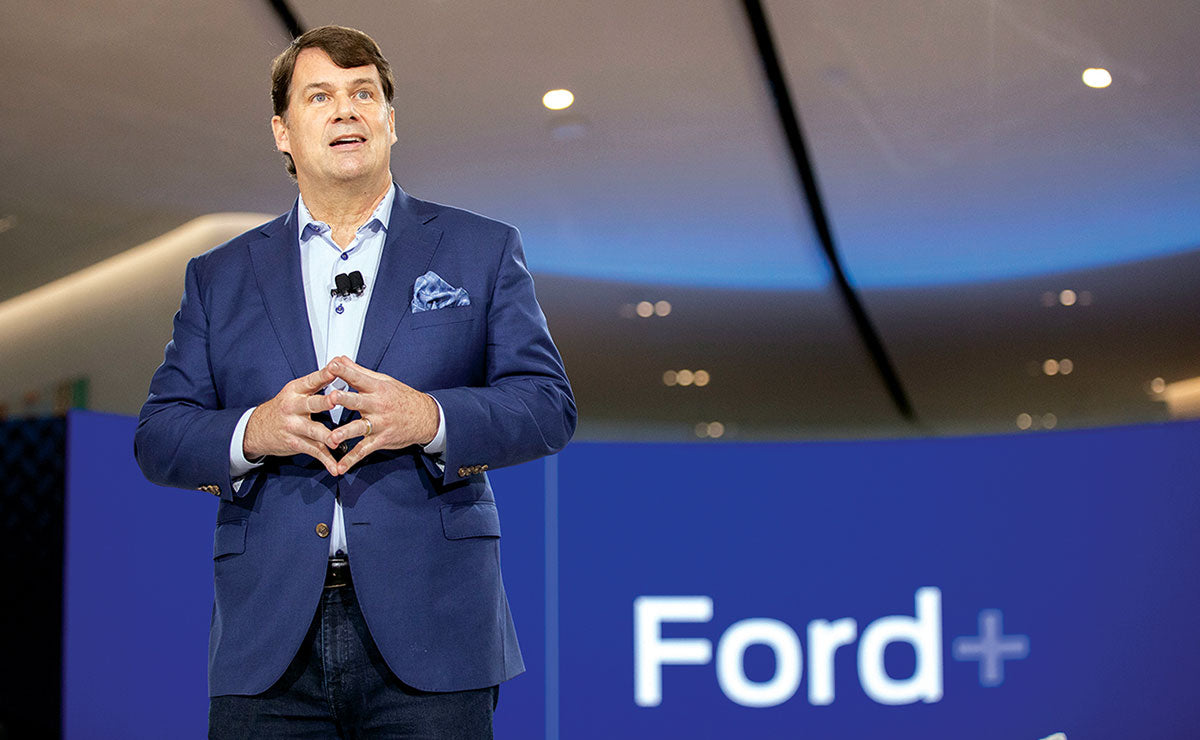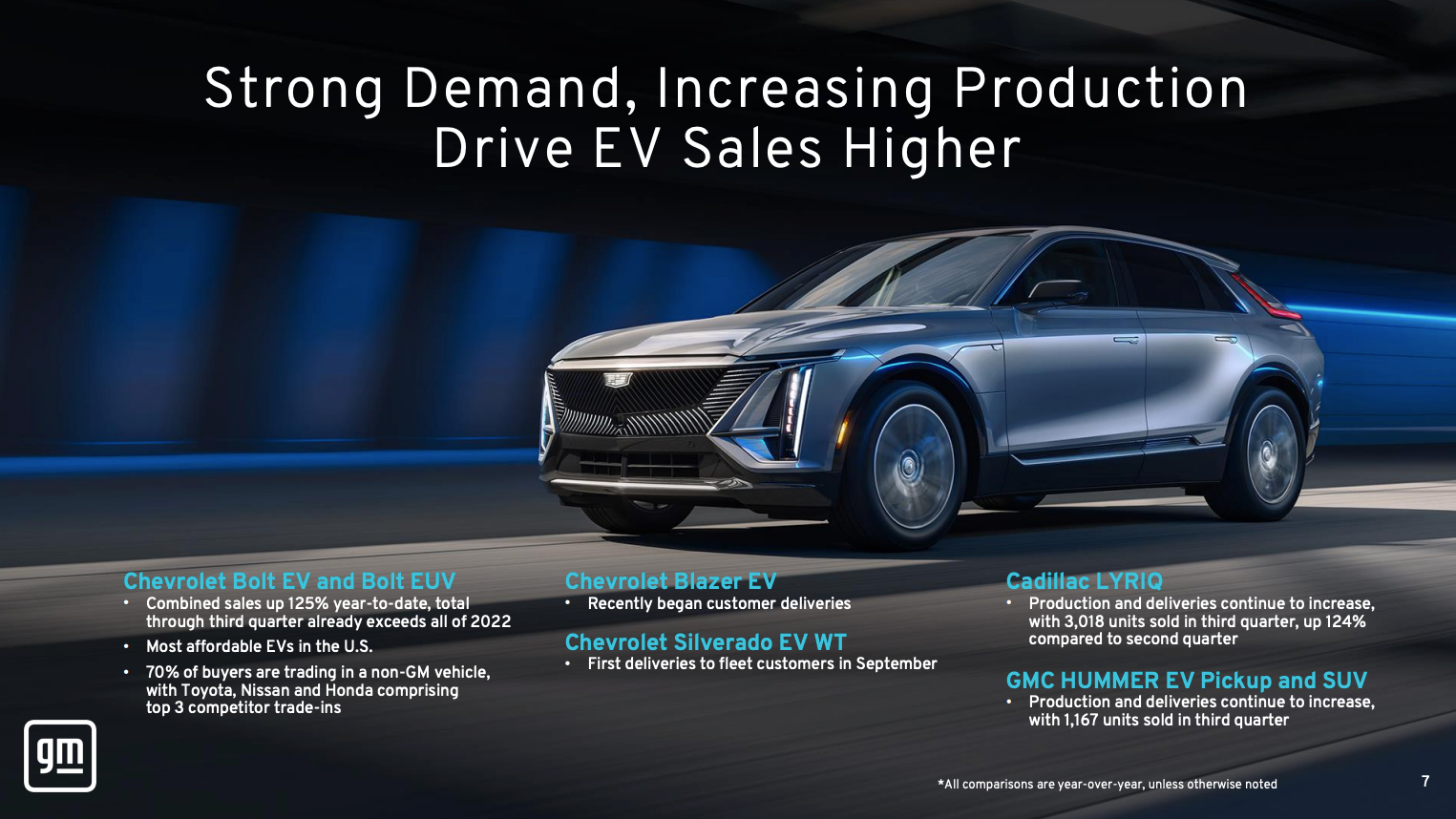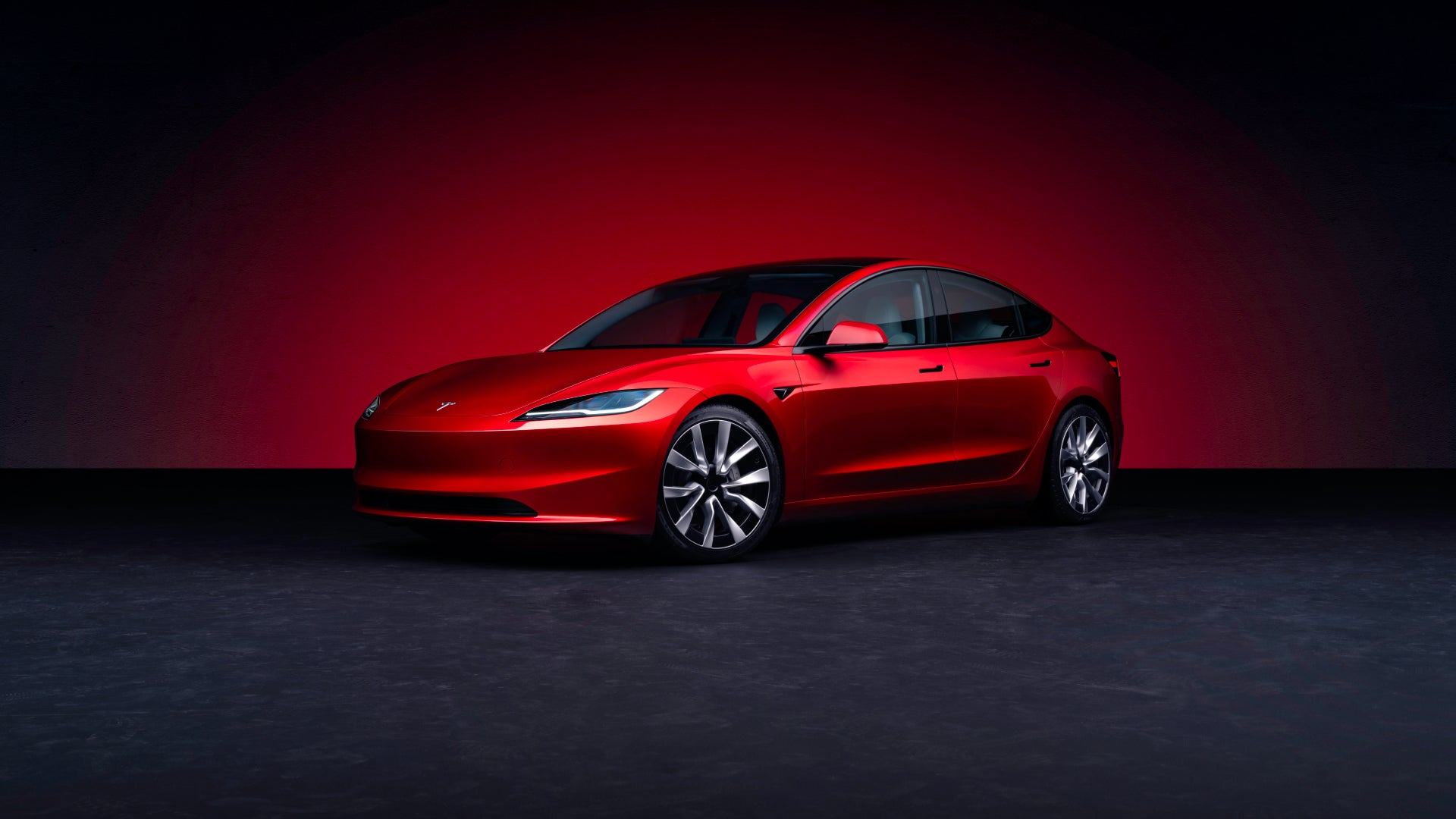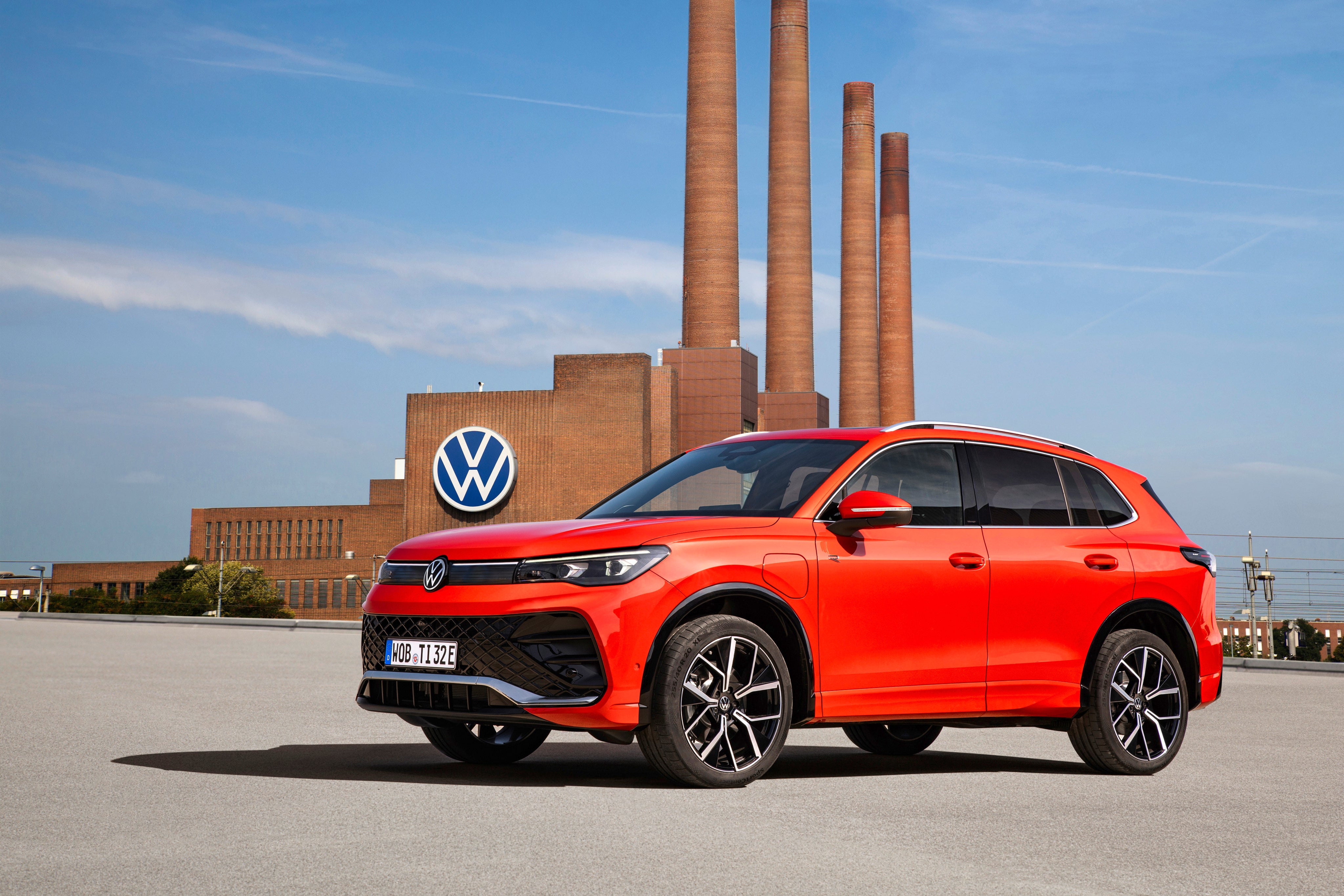Tesla News
- ~에 의해 Lars EVBASE
BP Partners with Tesla in a $100 Million Investment to Boost EV Charging Infrastructure
- ~에 의해 Lars EVBASE
Toyota's Late Leap into the EV Race: A Misstep or Calculated Delay?
- ~에 의해 Lars EVBASE
Misleading Maneuvers: The Tumultuous Road of BMW in the Electric Vehicle Arena
- ~에 의해 Lars EVBASE
Tesla’s Strategic Price Cuts: Paving the Road to Sustainable Energy
- ~에 의해 Lars EVBASE
Union Strikes and Electric Dreams: A Rocky Road Ahead for the Big Three
- ~에 의해 Lars EVBASE
Ford's Electric Strides in Q3 Overshadowed by Tesla and Rivian’s Pace
- ~에 의해 Lars EVBASE
GM's Modest Electric Vehicle Progress in Q3 2023
- ~에 의해 Lars EVBASE
Tesla's Q3 Performance and the Bigger Picture
- ~에 의해 Lars EVBASE
The Saga of Unfulfilled Promises: Volkswagen's Rough Road Amid EV Aspirations









